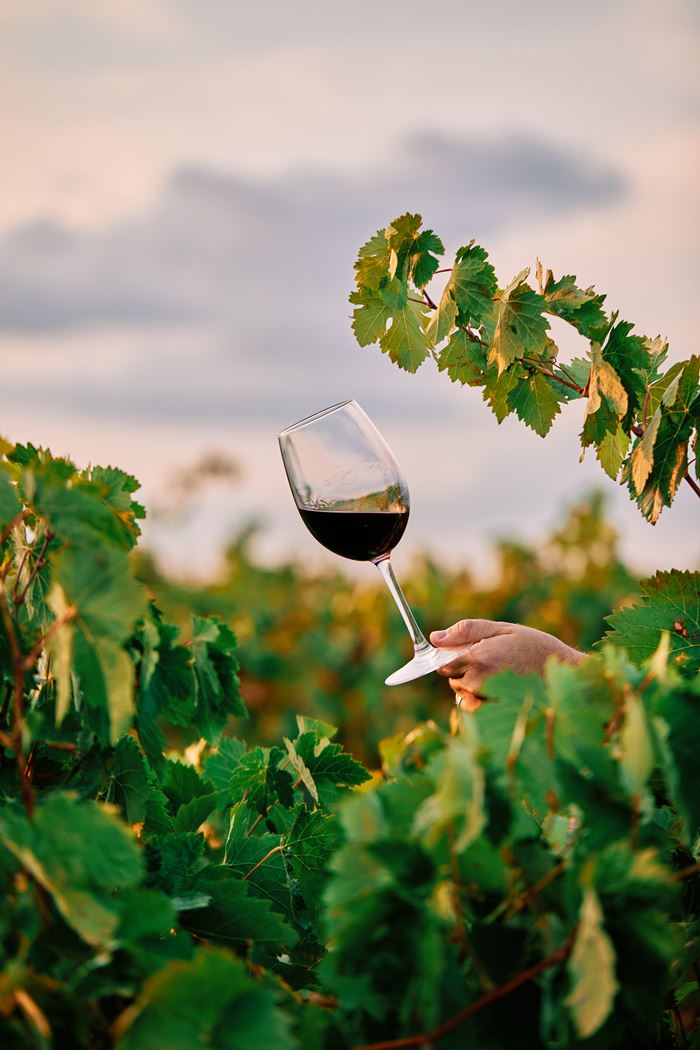The Chemical Footprint of Wine: A Breakthrough in Identifying Vintage Origins
The molecular map of wine: tracing its roots through chemistry
2024-01-19

In a groundbreaking study that has the potential to revolutionize the wine industry, a collaborative effort between the University of Geneva (UNIGE) and the Institute of Vine and Wine Science at the University of Bordeaux has resulted in a remarkable discovery. For the first time, the exact origin of a wine can be determined solely based on its chemical makeup. This advancement, documented in the journal Communications Chemistry, not only enhances our understanding of wine's complex nature but also offers a promising solution to the challenges of counterfeiting and decision-making in the wine sector.
The Quest to Decode Wine's Origins
Wine, a beverage celebrated for its rich and varied flavors, is a complex amalgamation of thousands of molecules. These molecules vary in concentration based on numerous factors such as soil composition, grape variety, and viticultural practices. Such diversity in composition means that even minor differences can significantly affect a wine's taste. This complexity has traditionally made it challenging to pinpoint a wine's precise origin based on taste alone.
The rising concerns over climate change, evolving consumer preferences, and the increase in wine counterfeiting have underscored the necessity for reliable tools to verify the identity of wines. This need has led scientists to explore whether a unique, unchanging chemical signature exists for each wine estate, a concept that has been pursued with mixed results due to the limitations of existing analytical methods.
The Role of Gas Chromatography and AI in Wine Analysis
One traditional method employed in wine analysis is gas chromatography, which involves separating a mixture's components through a long, thin tube, resulting in a chromatogram with numerous peaks indicating molecular separations. However, the complexity and sheer number of molecules in wine make this a daunting task, akin to searching for a needle in a haystack.
The breakthrough came when the teams from UNIGE and the University of Bordeaux combined the power of gas chromatography with advanced artificial intelligence tools. They analyzed chromatograms from 80 red wines spanning twelve vintages (1990-2007) across seven Bordeaux estates. By applying machine learning, a subset of artificial intelligence where algorithms learn to recognize patterns in data, the researchers could process the extensive data from the chromatograms, which could include up to 30,000 points.
A New Dimension in Wine Analysis
Michael Schartner, a former postdoctoral scholar at UNIGE and first author of the study, explains that instead of focusing on specific peaks, their method considered the complete chromatogram, including background noise. They employed a process known as dimensionality reduction, which simplifies the chromatogram into two X and Y coordinates while eliminating superfluous variables. This approach allowed them to identify seven distinct groups or "clouds" of points on a graph, each representing the vintages from a specific estate based on chemical similarities.
The team's findings were astonishing. They discovered that each estate indeed possesses a unique chemical signature. Interestingly, the geographical location of the estates on either bank of the Garonne River correlated with the grouping of the wines, further validating their method.
Implications and Future Directions
The implications of this research are far-reaching. Not only does it confirm the possibility of identifying a wine's geographical origin with 100% accuracy using dimensionality reduction techniques on gas chromatograms, but it also opens new avenues for preserving the uniqueness of a terroir and combating wine counterfeiting more effectively.
This study marks a significant leap in our understanding of wine's chemical identity and sensory properties. It promises to be a valuable tool in decision-making processes within the wine industry, ensuring the preservation of authenticity and heritage in every bottle.
As we look to the future, this research heralds a new era in wine analysis, one where the elusive chemical footprints of wines are no longer a mystery but a clear map to their origins.
Founded in 2007, Vinetur® is a registered trademark of VGSC S.L. with a long history in the wine industry.
VGSC, S.L. with VAT number B70255591 is a spanish company legally registered in the Commercial Register of the city of Santiago de Compostela, with registration number: Bulletin 181, Reference 356049 in Volume 13, Page 107, Section 6, Sheet 45028, Entry 2.
Email: [email protected]
Headquarters and offices located in Vilagarcia de Arousa, Spain.